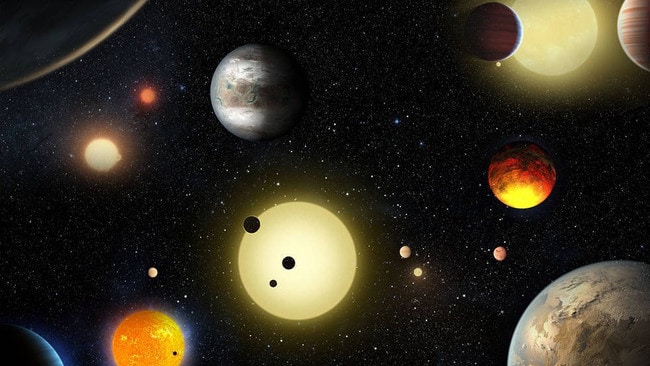British researchers have identified 50 new planets using artificial intelligence, marking a technological breakthrough in astronomy.Astronomers and computer scientists from the University of Warwick built a machine learning algorithm to dig through old NASA data containing thousands of potential planet candidates. It’s not always clear, however, which of these candidates are genuine. When scientists search for exoplanets (planets outside our solar system), they look for dips in light that indicate a planet passing between the telescope and their star. But these dips could also be caused by other factors, like background interference or even errors in the camera.But the new AI can tell the difference.
The research team trained the algorithm by having it go through data collected by NASA’s now-retired Kepler Space Telescope, which spent nine years in deep space on a world-hunting mission. Once the algorithm learned to accurately separate real planets from false positives, it was used to analyze old data sets that had not yet been confirmed — which is where it found the 50 exoplanets.These 50 exoplanets, which orbit around other stars, range in size from as large as Neptune to smaller than Earth, the university said in a news release. Some of their orbits are as long as 200 days, and some as short as a single day. And now that astronomers know the planets are real, they can prioritize them for further observation.
The researchers’ findings were published last week in the Monthly Notices of the Royal Astronomical Society.”In terms of planet validation, no-one has used a machine learning technique before,” said David Armstrong of the University of Warwick,one of the study’s lead authors, in the news release. “Machine learning has been used for ranking planetary candidates but never in a probabilistic framework, which is what you need to truly validate a planet.”
Now that the researchers know it works, they hope to use the AI for current and future telescope missions. It can provide a consistent and efficient method of validation, according to the release; once properly trained, the AI is faster than current techniques, and can be automated to perform on its own. The algorithm could “validate thousands of unseen candidates in seconds,” the study indicated. And because it’s based on machine learning, it can still be improved upon, and can continue to become more effective with each new discovery.In their study, the research team argues that astronomers should use multiple validation techniques — including this new algorithm — to confirm future exoplanet discoveries. Currently, about 30% of all known planets were validated using only one method, which is “not ideal,” said Armstrong.
“We still have to spend time training the algorithm, but once that is done it becomes much easier to apply it to future candidates,” he said.Armstrong added that the algorithm could be used to analyze data from NASA’s Transiting Exoplanet Survey Satellite (TESS), an all-sky survey mission that completed its primary mission on July 4. By mapping about 75% of the sky, TESS identified 66 new confirmed exoplanets, and nearly 2,100 potential candidates. Among the confirmed exoplanets is one the size of Earth that’s potentially habitable, orbiting a star 100 light-years away. It also discovered a planet orbiting two suns, like Tatooine in the Star Wars films.TESS is now on an extended mission until 2022, while scientists work to validate and confirm which of the remaining potential candidates are real planets.













![Hotstar Premium Cookies 2019 [*100% Working & Daily Updated*] Hotstar Premium Cookies 2019 [*100% Working & Daily Updated*]](https://tahav.com/wp-content/uploads/2019/11/Hotstar-Premium-Cookies-Free-100x70.jpg)



